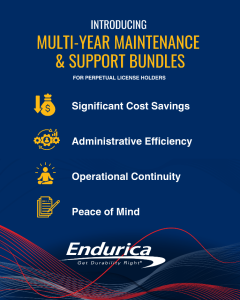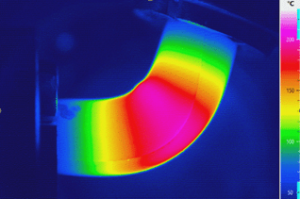A brand promise of durability (i.e. fitness for service over a suitable period) doesn’t mean much unless it is delivered reliably (i.e. with high consistency). When automakers provide a 100k mile warranty, for example, it is not enough to simply hit the promised life on average. Falling short of the promised life should occur only very rarely, if at all.
What effort can be justified in pursuing reliability? A quick way to estimate economic impact is to look at your product’s warranty adjustment rate. If your manufacturing contract is worth $10 million dollars / year, and your customer returns 1% of the product for premature failures, then you have an opportunity to save $100k / year by eliminating premature failures. This is a conservative estimate. If your early failure rate is notably higher than your competition’s, for example, you may find yourself losing contracts or being forced into price concessions that aren’t sustainable. A high failure rate may also result in legal liability for losses caused by your part. In this sense, the total value in achieving reliability can actually approach or even exceed the value of your business!
So in design, consider not only the expected life of the most common crack precursor for your material (half of the samples in your population will have shorter life than this!), but consider also the life of the rare oversized crack precursor that occurs 1 time in 100, or 1 time in 1 million. We recently launched a new Reliability Module to produce these statistics for exactly this purpose, check it out. Think of it as a way to put a probability-based “safety factor” on fatigue life predictions.








